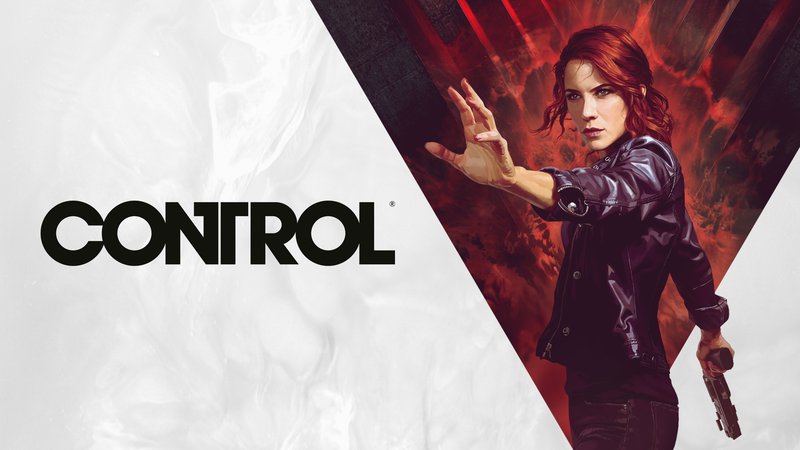
Think about it like having a Swiss Army knife in your hand—one tool that can switch inputs, tweak your speaker volume, pause your media, and maybe even turn things on and off, all without running laps between remotes. Epson’s remotes (especially for their more recent projectors) come with features that let them “talk” to other gadgets: soundbars, DVD players, even certain smart devices. But don’t worry if you’re staring at your remote thinking, “Uh, how?” I’ll break it down step by step, as if you were my tech-shy uncle who still calls Netflix “the red envelope thing.”
Getting to Know Your Epson Projector Remote
First things first: not all remote controls are created equal. Epson makes several different models, depending on the projector series and how fancy it is. Some remotes are super basic—just power, input, and volume buttons. Others, especially the ones packaged with higher-end or business projectors, are loaded with extra buttons and even a programmable section.
Here’s the thing: before you start dreaming of ultimate remote domination, take a minute to inspect your Epson remote. Look for “Source” or “Input” buttons, and see if there are any labeled like “A/V Mute,” “HDMI,” or “Control.” Sometimes, there’s even a section called “Device Control” or a set of buttons hidden under a sliding panel. If your remote came with something like the Epson PowerLite or Home Cinema line, you’re likely in luck.
If you’re still not sure, flip the remote over and check the back for a model code, then google it (or peek in the projector’s manual) to see what yours can do. Not all remotes have the same tricks up their sleeve, so it’s worth checking.
How Does an Epson Remote Control Multiple Devices?
Let me explain the magic here: Epson projector remotes can send signals in a couple of different ways. The most common is infrared (IR)—that little red LED blinks invisible light signals that your devices “see.” Some setups also use something called CEC (Consumer Electronics Control), which lets HDMI-connected devices talk to each other.
Imagine CEC like having a group chat for your electronics—if they support the same “language,” one device’s remote can issue commands to another. For example, you could use your Epson remote to adjust the volume on an HDMI-connected soundbar or even wake up a streaming stick. Not every gadget speaks this language, but it’s becoming more common.
Pro tip: If you want everything to play nicely, make sure all your devices are plugged in with HDMI cables that support CEC, and turn on CEC settings in both your projector and the other gadget (it’s sometimes called “HDMI-CEC,” “Anynet+,” “SimpLink,” or something similar).
Pairing and Syncing Your Remote to Other Devices
Okay, now let’s talk pairing—because honestly, this is where most people get stuck. If your projector remote supports programming, you’ll usually need to “teach” it the right codes for your other devices. It’s a bit like training a puppy to respond to new commands.
- Find the remote’s pairing or programming button (usually labeled “Set,” “Pair,” or hidden behind a tiny pinhole).
- Look up the right code for the device you want to control. Epson’s manuals and websites often list codes for popular brands of soundbars, Blu-ray players, or TVs.
- Follow the programming steps: hold down the pairing button, type in the code, and press the button for the function you want to assign (like “Volume Up”).
If you mess up? No big deal—every remote has a reset sequence. Usually, this involves holding down the power or set button for 10 seconds. Don’t worry, you won’t break anything. Sometimes it takes a couple tries (I’ve definitely yelled at my soundbar before), but when it works, you get that sweet, one-remote-to-rule-them-all feeling.
Working With HDMI-CEC and Device Codes
Not all connections are built equal. If both your Epson projector and, say, your soundbar support HDMI-CEC, things get a lot easier. This feature allows signals to travel through the HDMI cable, letting you control volume, power, or even playback functions right from your projector remote.
You might be wondering: “Do I have to do any special coding for this?” Usually, no! If CEC is enabled on both devices, the connection should just work. But if one device isn’t responding, double-check the names for CEC in each menu—manufacturers love to call it different things. Also, not every function may be supported, so sometimes only volume works, not mute or source select.
If you don’t have HDMI-CEC, that’s where those remote codes come back in. Think of them as secret codes you enter to unlock new powers. Just make sure you have fresh batteries in the remote so your signals are strong. Dead batteries might make programming feel like you’re casting spells with a broken wand!
Troubleshooting Common Remote Control Problems
Here’s where it gets real: sometimes you follow every step and your Epson remote still ignores you, or your soundbar pretends it doesn’t exist. Before you throw the remote across the room, run through this checklist:
- Check the batteries. Seriously, half the time it’s just weak power.
- Make sure nothing is blocking the IR sensors on either device.
- Check your input settings. If you’re trying to control something via HDMI-CEC, be sure you’re on the right input.
- Try resetting and re-programming the remote.
- Consult the projector’s manual for specific troubleshooting or code lists.
If you’re still stuck? Try using the original remote for the device first to make sure it works, or borrow a universal remote to see if your device responds. Sometimes, honestly, a device just won’t play nice—especially older models.
The Perks and Limitations of Using an Epson Projector Remote vs. Universal Remotes
Let’s be real—using a projector remote to run your whole media setup feels clever, but it’s not always a substitute for a full-blown universal remote. Epson remotes are perfect for “one room, one setup” situations, like classrooms, boardrooms, or home theaters where you mainly want to switch inputs and adjust sound.
But if you’ve got a dozen devices, or want to control more exotic gear (like smart home stuff, or devices from brands Epson doesn’t list codes for), a universal remote or smart home hub might be the better call. Universal remotes are designed to do all the heavy lifting—they have bigger code libraries, learning features, and even touchscreen apps.
The Epson remote, though, is simple, reliable, and already in your hand. For presentations or movie nights, fewer remotes means one less thing to keep track of—and one less gadget to lose in the couch cushions.
Real-Life Examples: How People Actually Use This Feature
Let me paint you a picture. Sarah runs a small yoga studio with a ceiling-mounted Epson projector and a basic soundbar. She hated juggling remotes between classes. Once she figured out how to sync her Epson remote to the soundbar, she could change the volume mid-class while adjusting the projector input without ever leaving the mat. No more running across the room in a panic when “relaxing flute” blared at ear-splitting volume.
Or take my own living room. I set up movie nights with an Epson Home Cinema projector. Getting the remote to also control streaming volume meant I didn’t have to crawl under the projector screen every time I wanted to pause the movie or bump up the sound for explosions. It’s those tiny moments—less hassle, more fun—that make learning this stuff totally worth it.
What To Do If All Else Fails: Alternatives and Workarounds
Sometimes, even after all the syncing, coding, and battery swapping, your Epson remote just won’t do everything you need. That’s life. But don’t give up: there are clever alternatives.
- Some people use universal remotes programmed specifically for projectors and sound systems. Brands like Logitech have extensive device libraries.
- For the tech-savvy, there are smart home hubs (like Google Home or Alexa), which can control projectors and media devices with voice commands—though setup can be a bit intense.
- Many projectors support mobile remote apps (check Epson’s app store), letting your phone take over if the hardware remote isn’t cutting it.
Honestly, it’s all about finding what works for your setup and your sanity. Sometimes a little research and a few minutes programming saves you hours of future frustration.
Wrapping Up: Why Mastering Your Epson Remote Matters
I get it—learning to control multiple devices with one remote might seem like a small thing, but trust me, it makes a huge difference in daily life. You’ll cut clutter, streamline your workflow, and unlock features of your home theater or classroom you never knew you had. Like I always say, it’s the little victories—one remote, all the control, and about five fewer batteries to keep track of.
So, next time you reach for your Epson projector remote, just remember: with a little patience and know-how, it’s more than just a “projector clicker.” It’s a secret weapon for anyone tired of the remote control circus. Give it a try, play around with the codes, sync and pair to your heart’s content, and see how much smoother your entertainment (or work) setup becomes. You’ll thank yourself later.
